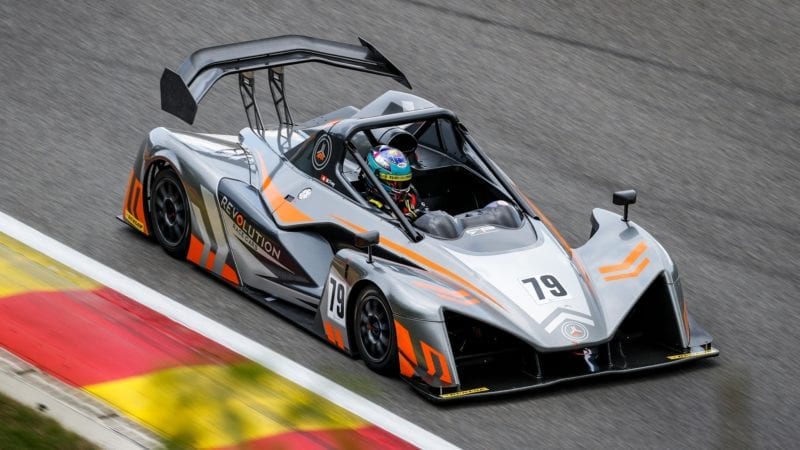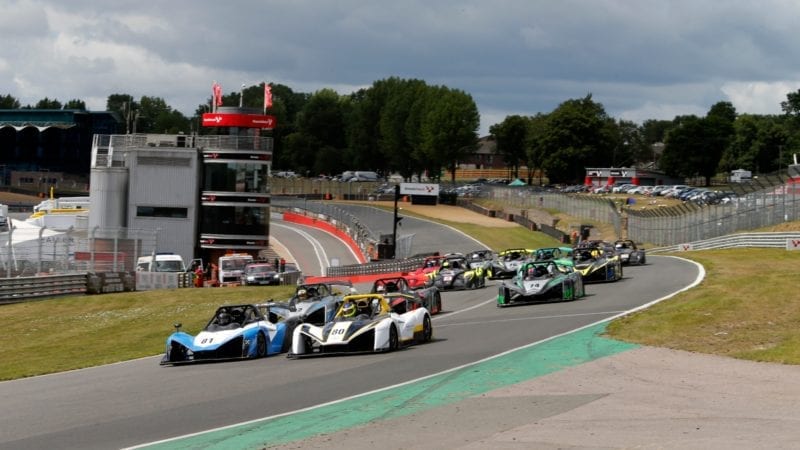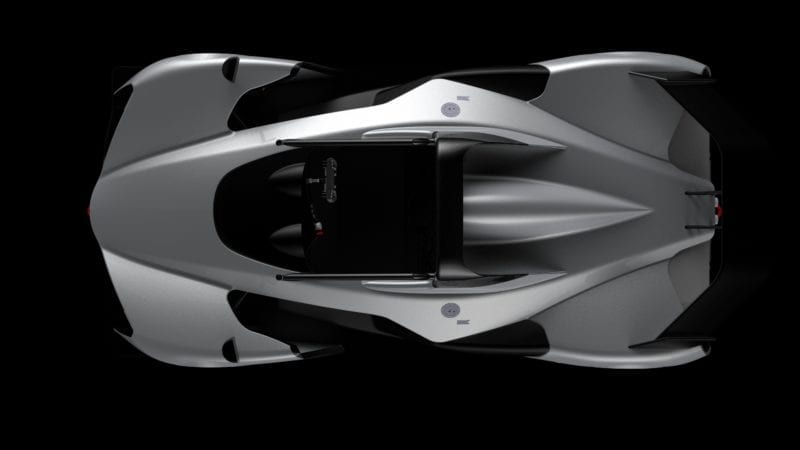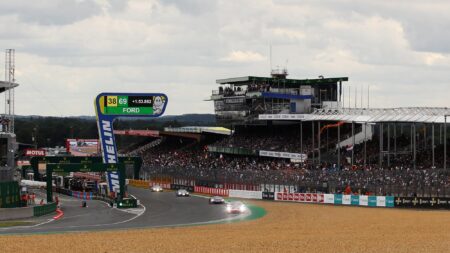“The Revolution is also perhaps one of the first sports racers to be styled before it was actually engineered. You have to stand out in this market, and having a car that I’d call ‘aero ugly’ – where it’s been shaped by science rather than designed – doesn’t help. There’s no getting away from the fact that pretty cars sell. Cars like Ferraris, Lamborghinis, Porsches all sell because they look great and then they go fast. We took the same approach and worked with Simon Cox [former chief designer for Infiniti], and a group from Coventry University for the A-One. Simon previously designed the Corvette C7 and Cadillac Sixteen. We gave him our core needs and got some pretty outrageous initial drawings back, which were fantastic. Then we went to the University and made them into clays and made them fit into a framework, and only once we had the base design did we then begin to tune it aerodynamically with [British CFD specialist] TotalSim. Then when that was done we had to engineer it, so it’s a rare thing for a race car to be styled first and made to work properly later.”
Then there’s Revolution’s construction model, which is rather unique. Instead of selling either a whole car or one in pure kit form, the A-One comes as a partially assembled kit designed to be fully assembled by the team running it. It allows Revolution to easily scale up production if needed, which could be a real advantage ahead of that F1 support race.
“I spent years trying to make the perfect turn-key race car, and teams always disassemble it the minute they get it anyway to work it out, so we figured it was better to be supplied that way in the first place,” adds Abbott. “It also means we don’t have to have 150 people on an assembly line.
“We supply a pre-packaged complete assembly of parts. Every last nut and bolt is pre-packaged in its own sectors, so in one drawer you have your full front suspension parts, and then your entire rears suspension is in another drawer, etc. Having that sort of pre-preparation greatly speeds up the construction process.
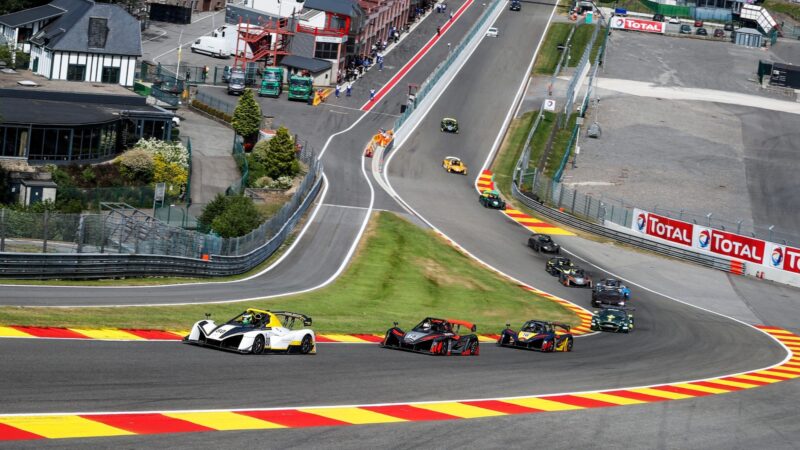
Revolution has already supported an FIA world championship, featuring ahead of the WEC Spa round last month
Revolution Race Cars
“Each component is also laser-etched with its part number and issue number so we could even look at a part on an iPhone in five years and instantly know where it’s come from and when. With all of the little bits of technology, packaging and information we can tap into we’ve been able to get ahead of the curve as there’s nobody doing what we’re doing at the moment.”
And having that sort of business model allows Revolution to really push the boat out to meet demand. Abbott estimates a full race-ready build from scratch to take between 40-50 hours and even less if you use Revolution’s in-house team.
So, could we be seeing more of the brand on the grand prix stage?
“The aim for Portugal is 20 cars,” adds Bailey. “There are currently 16 built and ready to go, but the level of interest from having an F1 race means we could look to increase the production and build schedule and go for more than 20.
“We absolutely want to keep this type of momentum going. With many national brands the growth comes from having championships and distributors across different countries. Rather than just having distributors in each country Revolution could also have build centres, which is a way of growing the global market.
“The goal is to still have a championship with its roots in the UK, and we run with Britcar a lot and share a tyre supplier and we can share hospitality, TV coverage and all sorts, which is sensible. But we do want international races, too. Whether that’s F1 in the future, we have to take it a step at a time. But the F1 slot isn’t our first world championship race, and it also won’t be our last.”
